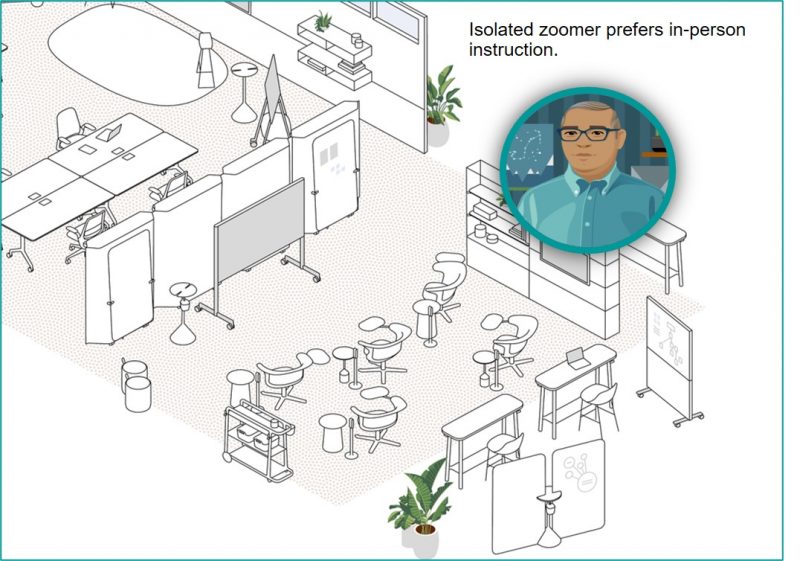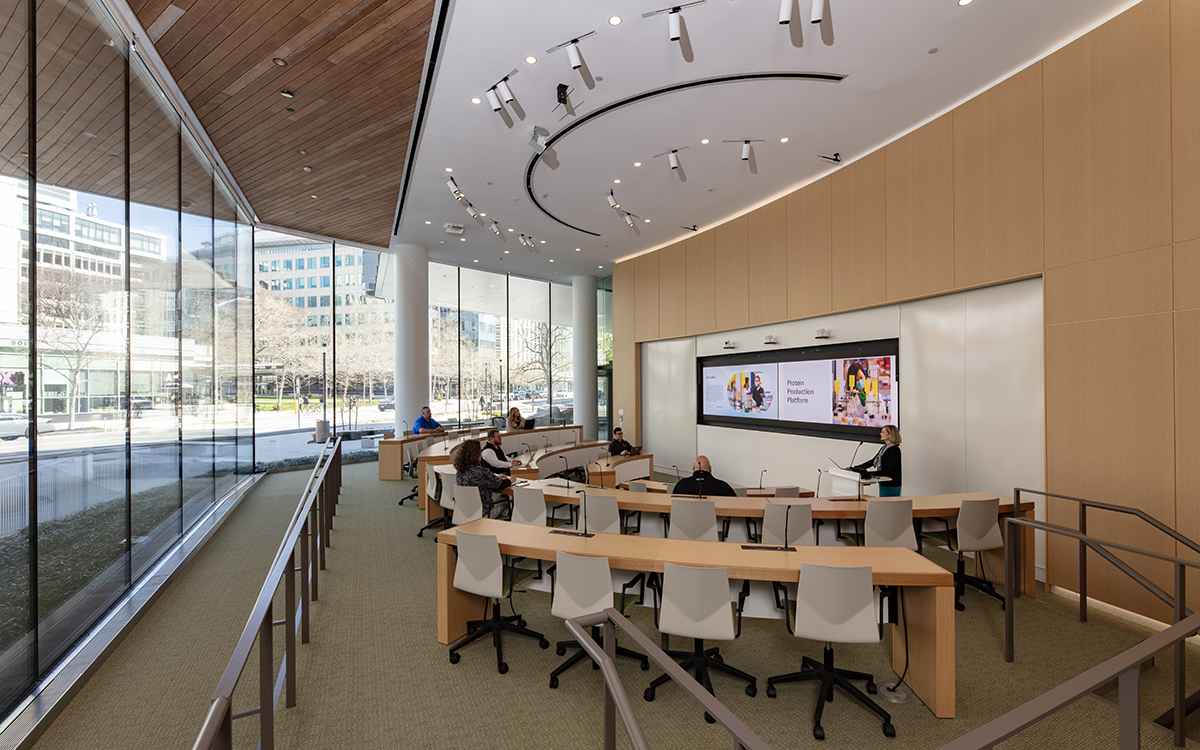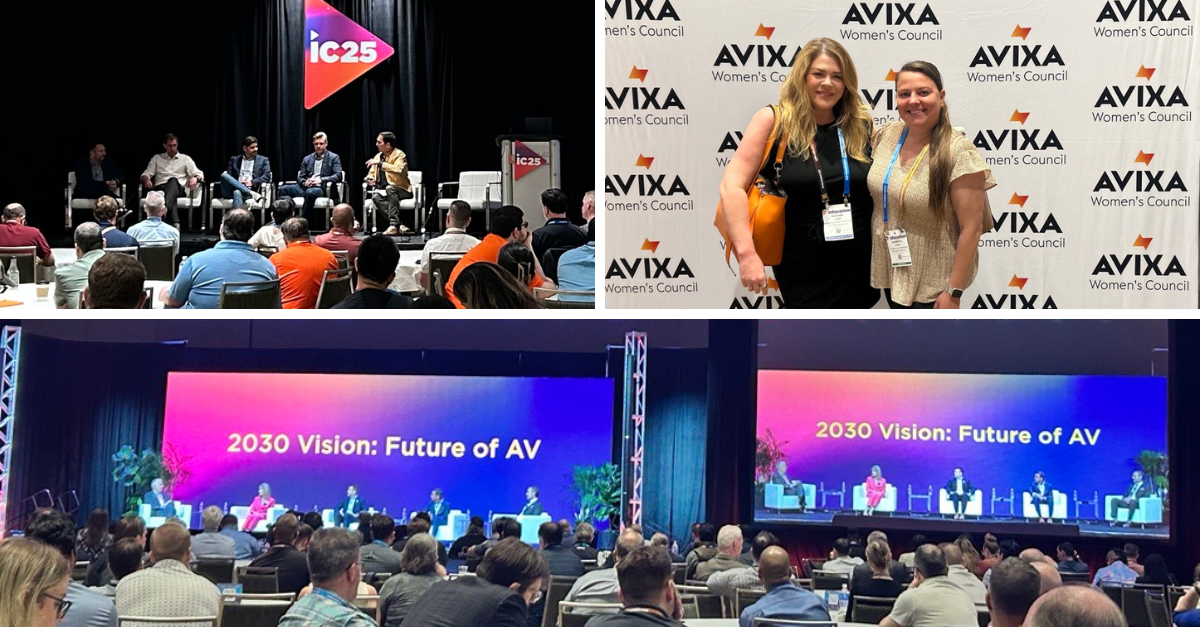Are you supporting employee needs and different workplace personas?
Steelcase’s global Work Better report proves people have had vastly different experiences while working from home, which means business leaders planning new office layouts will need to accommodate different employee needs, represented as workplace personas.
Conducted between April and September of 2020, the report was designed to measure how the COVID-19 pandemic will change the future of work. The quantitative and qualitative studies took place across 10 countries and engaged 32,000 participants.
By applying the various personas identified in Steelcase’s research with the five needs employees have now, workplace leaders can create safe, compelling spaces and motivate people to return to the office.
While work from home experiences are widely different, we can learn from people’s experiences to how to meet and exceed expectations when they return the office.
Here are the five workplace personas Steelcase discovered. We’ve recognized each persona’s top need and recommended space design:
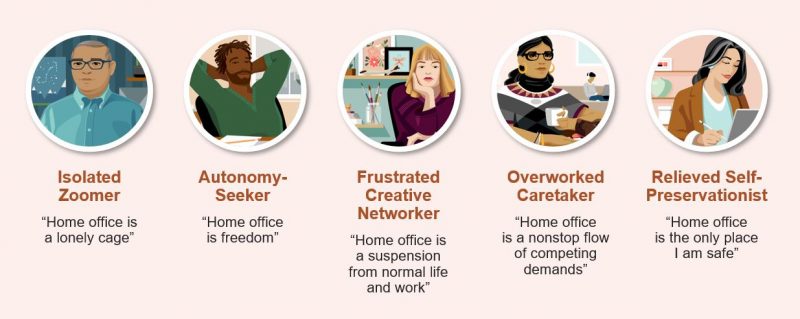
Isolated Zoomer: Home office is a lonely cage.
Who: These workplace personas live alone and don’t have any self-imposed structure or boundaries to maintain a healthy work schedule. They want to return to the office when they trust their employer has taken the necessary precautions.
Challenges: They value the office because it offers a structure and a way to separate work and life – the daily routine of ‘going to and from work’ acts as a transition period between their personal and professional lives. They spend their day on back-to-back web conferencing calls and despite constant interaction, they feel disconnected.
Top need: Belonging; they miss the personal and professional daily social interactions with their colleagues – a major reason why they come into the office. For professional development and personal growth, experiencing in-person group training will allow them to break up their day and create more social interactions.
Desired office setting: Since they like the structure of in-person interaction, they gravitate towards high-performance, flexible spaces that deliver opportunities for social interactions and learning. For example, they are most likely to come in the office for training sessions and prefer spaces that are both fixed and fluid.
Autonomy Seeker: Home office is freedom.
Who: These workplace personas are thrilled to work at their own rhythm, without someone constantly looking over their shoulder. They just as productive at home as before, if not more.
Challenges: They feel a greater sense of wellbeing at home, where they can look out the window, sit in different postures, cook healthy meals and weave in activities that help them recharge and relax, such as hanging out with their pet. The thought of coming in the office threatens their personalized routine they’ve now grown accustom to.
Top need: Control; they especially enjoy the level of control they have in designing their own work experience to curate a schedule that braids together life events and work events.
Desired office setting: Since they appreciate the fluidity of space to accommodate their schedules, a range of personal spaces within a neighborhood gives them control over their privacy and comfort while keeping them connected to their team. For example, they would love the ability to fit a workout in their schedule while they’re in the office.
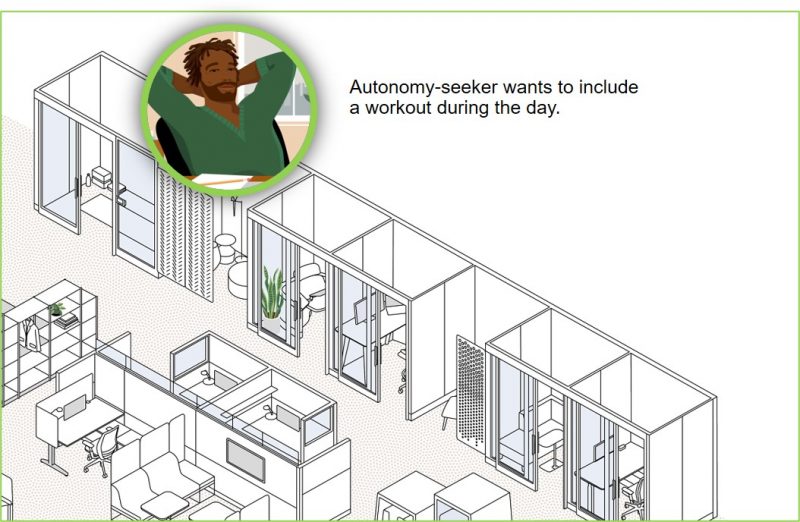
Frustrated Creative Networker: Home office is a suspension from normal life and work.
Who: As a creative worker, they need to have both quiet time for individual thinking along with group brainstorming and ideation.
Challenges: These workplace personas have quickly adapted the use of digital tools but crave more. For them, virtual meetings are still too limited for creative collaboration and informal, spontaneous connections across silos. COVID has been a huge challenge when they suddenly found themselves cut off from in-person collaboration critical to their work.
Top need: Productivity; they are shifting to focus on more individual tasks that are easier to do at home and can make them feel productive. However, in returning to the office, they desire newly designed collaborate spaces that utilize both analog and digital tools to facilitate teamwork.
Desired office setting: By braiding digital and physical experiences, they might come to the office for a brainstorming session with one of their coworkers. The casual space accompanied by a display screen for sharing content, in addition to whiteboarding, is the perfect place to ideate and let creativity flow.
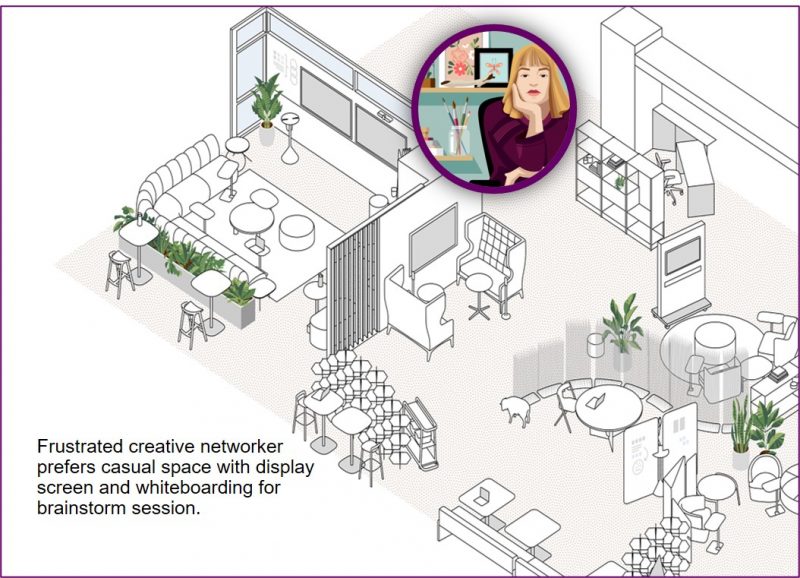
Overworked Caretaker: Home office is a non-stop flow of competing demands.
Who: These workplace personas are torn between meeting work responsibilities and managing family needs.
Challenges: Their long, jam-packed day is chopped between meetings, focus work, homeschooling and domestic chores, and they often manage their parenting responsibilities in shifts with their partner so the other can work. Exhaustion and guilt are piling up.
Top need: Comfort; they take comfort in finally being allowed to show that they are parents and have a family and not worry if their colleagues can hear their kids on a call. They miss the office for the opportunity to leave responsibilities at home behind, but they appreciate the flexibility to work from home as needed to manage their family and work responsibilities.
Desired office setting: These individuals perform best when they can alternate and choose a hybrid schedule in the office. Getting away from the demands and interruptions of home, they are interested in both “me and “we” spaces. They can focus and move throughout their day in an open environment but remain enclosed. For example, they come into the office to take advantage of the ability to hide away out in the open and get some heads down work done.
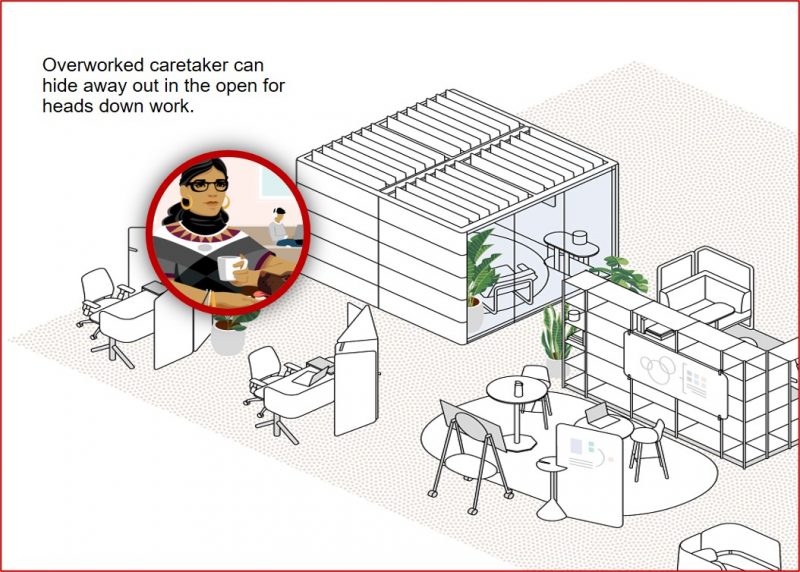
Relieved Self-Preservationist: Home office is the only place I am safe.
Who: These workplace personas may not be primarily concerned with COVID, but more so their psychological safety. They feel less anxious at home and can focus on getting their work done rather than managing relationships.
Challenges: As an introvert, they are challenged with continuous social interactions while working in the office environment. Although they understand the need for being part of the company culture, it can feel overwhelming.
Top need: Safety; creating a mix of spaces that help them to manage social interactions and privacy to maintain a space that’s their own.
Desired office setting: They often require a combination of both open and enclosed spaces. When craving social interactions, they seek flex zones to join groups in open collaboration. For a quiet respite, they will head towards personal and enclosed spaces to create a shielded nook.
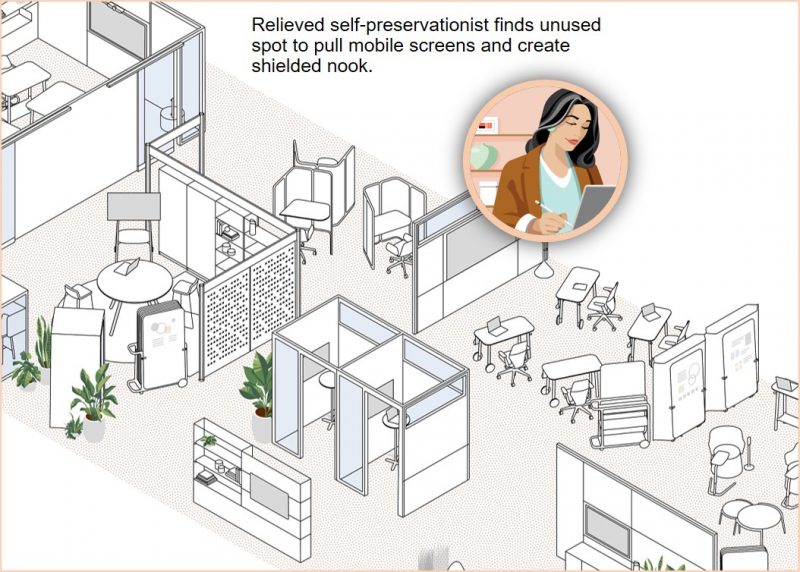
Futureproof your space
To meet the evolving needs of these workplace personas while futureproofing your workplace, it must adopt. The pandemic has proven that not only how, but also where people want to work can directly impact your company’s bottom line.
Interested in learning more? See what your reimagined office could look like and connect with us today for a deeper dive.

